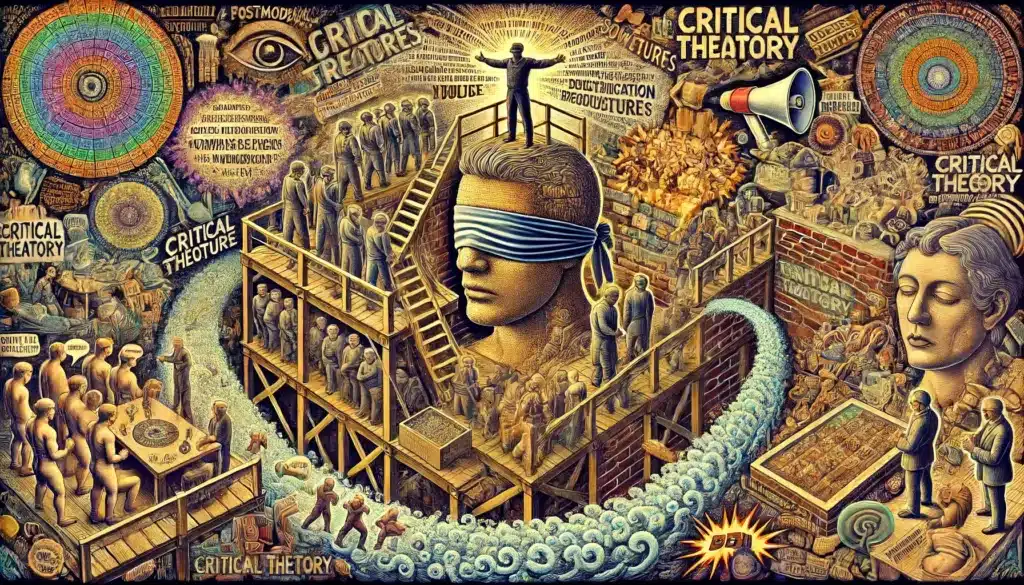Neoconservatism vs Trumpism
Neoconservatism and Trumpism represent two distinct currents within American conservatism. Although both have influenced the Republican Party and conservative politics, they differ significantly in philosophy, priorities, and style of governance. Neoconservatism vs Trumpism
What is Neoconservatism?
Origins and Philosophy:
- Neoconservatism emerged in the mid-20th century, led by intellectuals who were initially liberals but became disillusioned with the left. They advocated for a combination of economic liberalism, social conservatism, and a robust, interventionist foreign policy.
- At its core, neoconservatism emphasises the promotion of democracy and American values abroad, often through military intervention if necessary.
- Domestically, it supports free-market capitalism, strong institutions, and moral values rooted in tradition.
Key Characteristics:
- Foreign Policy: Neoconservatives are best known for their aggressive foreign policy stance. They believe the United States has a responsibility to lead the world and intervene where democracy or stability is threatened.
- Example: The Iraq War was largely championed by neoconservatives, who argued it was necessary to remove Saddam Hussein and promote democracy in the Middle East.
- Economic Policy: A focus on free markets, deregulation, and policies that encourage economic growth.
- Moral Conservatism: Advocacy for traditional family values and social cohesion, often tied to religious or moral frameworks.

What is Trumpism?
Origins and Philosophy:
- Trumpism refers to the political ideology and style associated with Donald Trump’s presidency (2016–2020). It is less about a coherent ideology and more about a populist, nationalist approach that prioritises “America First.”
- Unlike neoconservatism, Trumpism often rejects globalism, embracing a protectionist and inward-looking stance.
Key Characteristics:
- Foreign Policy: Trumpism is defined by scepticism of military interventions and alliances. It emphasises prioritising American interests and reducing commitments abroad.
- Example: Trump questioned NATO’s funding structure and pulled the U.S. out of agreements like the Iran nuclear deal and the Paris Climate Accord.
- Economic Policy: A mix of protectionism and deregulation. Trumpism promotes tariffs and restrictions on global trade to protect American industries while reducing domestic regulations on businesses.
- Populism and Nationalism: A strong appeal to working-class Americans, often emphasising immigration control, economic grievances, and cultural identity.
- Anti-Establishment Rhetoric: A disdain for the traditional political elite, including neoconservatives, and a focus on disrupting the status quo.
Key Differences Between Neoconservatism and Trumpism
- Foreign Policy:
- Neoconservatives advocate for an interventionist approach, seeing the U.S. as a global leader responsible for shaping world order. They often justify military engagements as moral or strategic imperatives.
- Trumpism largely rejects interventionism, focusing instead on withdrawing from conflicts and reducing America’s role in international institutions. It prioritises bilateral deals and immediate national interests over long-term global influence.
- View of Globalisation:
- Neoconservatives generally support globalisation, arguing that free trade and international cooperation can spread democratic values and economic prosperity.
- Trumpism is sceptical of globalisation, associating it with job losses, diminished national sovereignty, and a weakening of American identity.
- Economic Policy:
- Neoconservatives promote free-market policies, deregulation, and free trade as engines of growth and stability.
- Trumpism combines deregulation with protectionism, using tariffs and trade wars to protect domestic industries and workers.
- Immigration:
- Neoconservatives often take a moderate stance on immigration, focusing on reforms while recognising the economic benefits of immigration.
- Trumpism views immigration as a threat to national security, cultural identity, and economic stability, advocating for stricter controls and enforcement.
- Rhetoric and Style:
- Neoconservatives rely on intellectual arguments and policy frameworks, often appealing to elites and policymakers.
- Trumpism employs populist rhetoric, often emotional and combative, appealing directly to the frustrations and anxieties of the general public.
- Relationship with Institutions:
- Neoconservatives value institutions like NATO, the UN, and free trade agreements as tools for American leadership and global stability.
- Trumpism often views these institutions as constraints on American sovereignty and questions their relevance or fairness.
Areas of Conflict
The differences between neoconservatives and Trumpists have led to tensions within the Republican Party:
- Foreign Policy: Neoconservatives criticised Trump’s withdrawal from global engagements, seeing it as a retreat from U.S. leadership. Conversely, Trumpists accused neoconservatives of dragging the country into costly wars.
- Trade and Economy: Neoconservatives favour free trade, while Trumpists advocate for tariffs and trade restrictions, creating a divide on economic strategy.
- Cultural Focus: Trumpism’s focus on immigration and cultural grievances contrasts with the more policy-oriented priorities of neoconservatives.
Shared Ground
Despite their differences, neoconservatives and Trumpists share some commonalities:
- Strong National Defence: Both factions support a well-funded military, albeit for different purposes.
- Economic Growth: Both seek to create conditions for economic growth, even if their approaches differ.
- Opposition to the Left: Both oppose progressive policies, including those related to taxation, regulation, and social welfare.
Legacy and Influence
- Neoconservatism reached its peak during the George W. Bush administration but lost influence after the Iraq War, which many Americans came to see as a costly mistake. Today, neoconservatives remain influential in certain policy circles but struggle to connect with grassroots voters.
- Trumpism has reshaped the Republican Party, appealing to a broader base by addressing working-class concerns. Its focus on populism and nationalism continues to dominate conservative politics.
Conclusion
Neoconservatism and Trumpism reflect the evolving priorities and divisions within American conservatism. While neoconservatives prioritise global leadership and traditional policy frameworks, Trumpism focuses on populism, nationalism, and disrupting the establishment. The tension between these factions illustrates the broader struggle over the future direction of the Republican Party and American conservatism as a whole.


